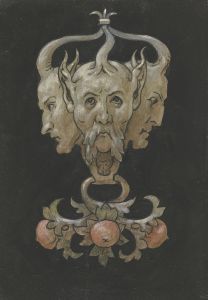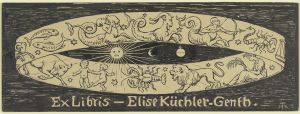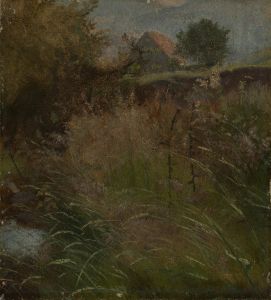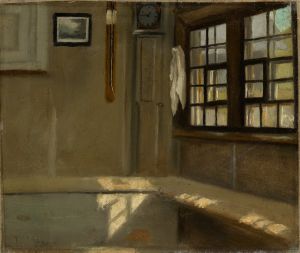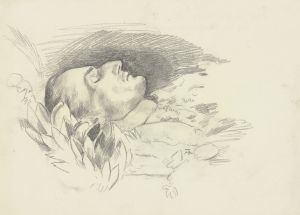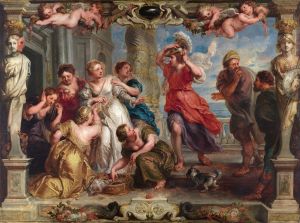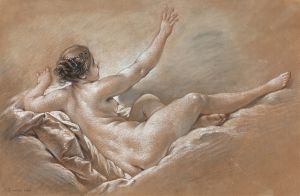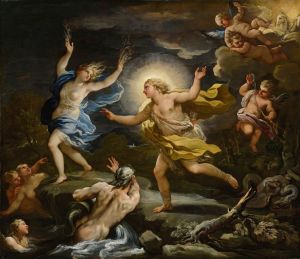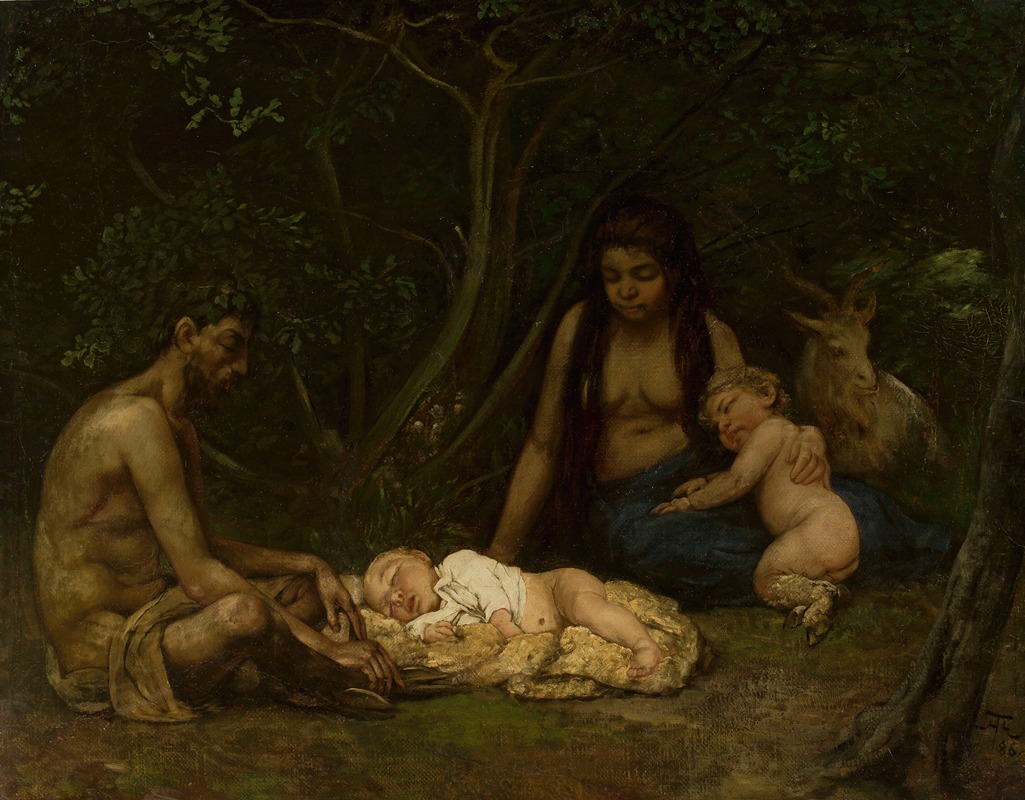
Satyr’s family
A hand-painted replica of Hans Thoma’s masterpiece Satyr’s family, meticulously crafted by professional artists to capture the true essence of the original. Each piece is created with museum-quality canvas and rare mineral pigments, carefully painted by experienced artists with delicate brushstrokes and rich, layered colors to perfectly recreate the texture of the original artwork. Unlike machine-printed reproductions, this hand-painted version brings the painting to life, infused with the artist’s emotions and skill in every stroke. Whether for personal collection or home decoration, it instantly elevates the artistic atmosphere of any space.
"Satyr’s Family" is a painting by the German artist Hans Thoma, created in 1873. Thoma, born on October 2, 1839, in Bernau in the Black Forest, was a prominent figure in the German art scene during the late 19th and early 20th centuries. He is known for his landscapes, portraits, and mythological scenes, often drawing inspiration from his native Black Forest and the Romantic tradition.
The painting "Satyr’s Family" depicts a mythological scene featuring a satyr, a creature from ancient Greek mythology that is half-human and half-goat, along with his family. The composition includes the satyr, his wife, and their children, set in a lush, verdant landscape that reflects Thoma's skill in rendering natural environments. The satyr is portrayed with a muscular human torso and the legs and horns of a goat, consistent with traditional depictions of these mythological beings. His wife and children also exhibit similar hybrid characteristics, blending human and animal features.
Thoma's use of light and color in "Satyr’s Family" is notable, with a warm, natural palette that enhances the idyllic and serene atmosphere of the scene. The painting reflects Thoma's interest in the natural world and his ability to infuse mythological subjects with a sense of realism and intimacy. The detailed rendering of the foliage and the careful attention to the textures of the satyr's fur and the family's skin contribute to the overall lifelike quality of the work.
"Satyr’s Family" is an example of Thoma's fascination with mythological themes and his ability to integrate these subjects into the context of the natural world. This painting, like many of Thoma's works, demonstrates his skill in blending elements of fantasy with a deep appreciation for the beauty of the natural environment. Thoma's work often reflects his Romantic sensibilities, emphasizing the connection between humanity and nature, and "Satyr’s Family" is no exception.
Hans Thoma's career was marked by a number of significant achievements. He studied at the Karlsruhe Academy of Fine Arts and later in Düsseldorf and Paris, where he was influenced by the works of Gustave Courbet and the Barbizon School. Thoma's work gained recognition in Germany and beyond, and he held various prestigious positions, including the directorship of the Karlsruhe Academy.
"Satyr’s Family" is housed in the Städel Museum in Frankfurt, Germany, which holds an extensive collection of Thoma's works. The museum's collection provides insight into Thoma's development as an artist and his contributions to the German art scene. The painting remains an important example of Thoma's ability to merge mythological themes with a realistic portrayal of the natural world, showcasing his unique artistic vision.
Hans Thoma continued to paint and exhibit his work until his death on November 7, 1924. His legacy endures through his contributions to German art and his distinctive approach to blending mythology and nature in his paintings. "Satyr’s Family" stands as a testament to Thoma's talent and his enduring fascination with the interplay between the fantastical and the natural.






